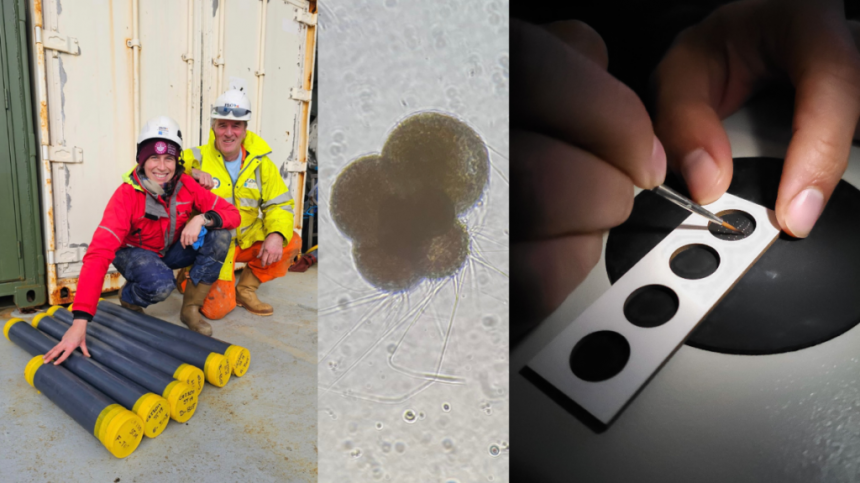Researchers at the University of Galway have revealed secrets about the cooling of the North Atlantic Ocean during the Ice Age.
They did it by analysing tiny polar organisms that are almost undetectable by the human eye.
It's hard to fathom that we could unlock new information about our oceans thousands of years ago by analysing tiny organisms comparable to a grain of sand.
But that's what researchers have been doing for a very long time by analysing the shells of foraminifera.
The tiny organisms record the chemistry of seawater in their minuscule shells, which sink to the seafloor and are buried in sediment, over thousands of years.
In layman's terms, they create a sort of marine archive that captures snapshots of the ocean at various points throughout history.
But until now, this technique did not work in cold polar waters due to the chemistry of these seawaters.
Now the team led by the University of Galway has developed a new analysis technique that's delivered accurate readings in the North Atlantic.
They found that cooling in the North Atlantic during the last Ice Age was up to 3 degrees more severe than previously thought.
The team now hopes it'll lead to greater understanding of climate change and improved prediction of future impact on our polar oceans.







